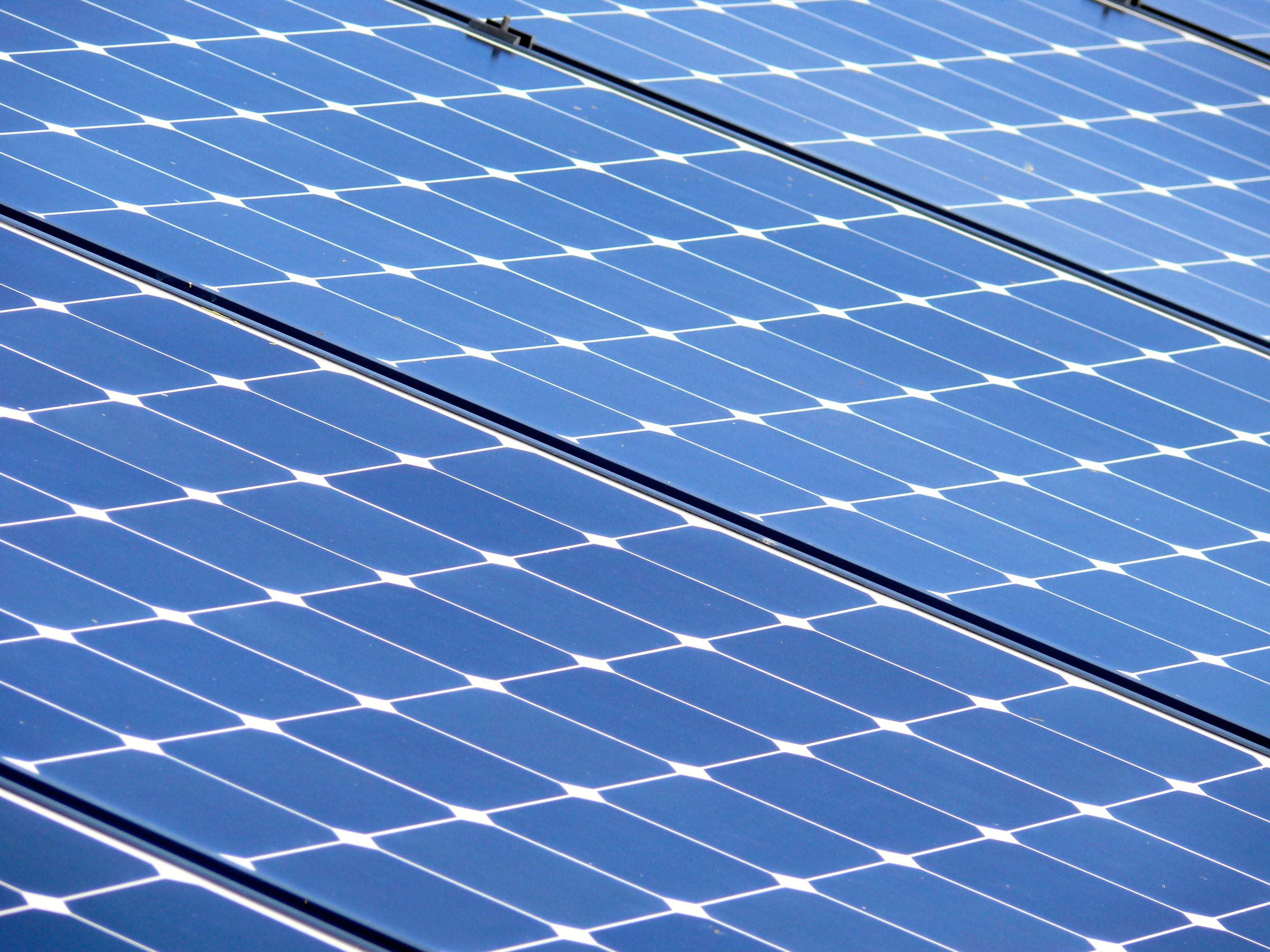Pictured: SunPower 425W module
Solar Panel Efficiency is the measure of how much sunlight absorbed by a solar panel is converted to usable energy. With hundreds of solar panel manufacturers, and even more individual models of panels themselves, the spectrum of efficiency between brands is quite large. When considering making the switch to solar, it is important to take panel efficiency into consideration, as the amount of space required to meet energy needs will be dependent upon the level of efficiency in the chosen units.
High quality solar panels produced by SunPower boast the strongest efficiency rating in the consumer market, ranking in the 22% conversion range, while other top brands regularly report a 20-21% conversion rate. Modules geared towards the mid-range tend to land in the 19%-20% range. In the planning stages for a new solar home or commercial installation, it is important to ensure that roof space is a factor taken into consideration, as lower rated modules may require significantly more space in order to meet the same energy generation as a higher quality make. Some lower efficiency modules are created in a 72 cell variety, achieving a higher wattage output but not necessarilly reducing the roof space needed.
Proper mounting of solar panels is another large factor in the production level of a system. Solar panels should be free of shade from 9am to 4pm and facing as close to South as possible in order to achieve the maximum amount of energy production. Racking mounts provide tilt options to face modules in an optimal direction. Proper mounting will also provide the panels with an air flow passage between the bottom of the modules and the surface of the roof, allowing for a reduction of trapped heat.
A common myth from outside of the solar industry is that, due to constant innovation, any solar panels purchased will soon be rendered obsolete by a newer, better product. While it is true that the solar industry is making strides in technological innovation, even older panels are still producing viable electricity. Additionally, the primary focus of current solar research is in continued cost reduction and structural optimization. Technical improvements are always happening, but they are in small incremental steps, not revolutionary leaps. Gernally speaking, replacing modules with the latest technology is not cost effective. Plan to install a system and keep the modules for 25 years or more.


